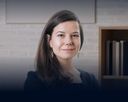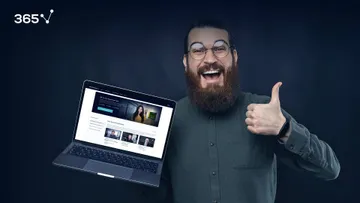
A good understanding of customers is extremely important for running a successful business. Knowing your customer (or KYC) is what actually makes all the difference for many companies. It helps them do their best in creating, communicating, and delivering worthwhile offerings. That’s why it’s the most important part of marketing analytics and the marketing function of a company in general.
However, customer analytics is also a very broad area. It may include a wide range of behavioral characteristics, as well as numerous different outcomes and performance indicators that a business might be interested in. The STP framework is fundamental for marketing. In this article, we’ll look at it through a business lens to better understand the significant role it plays in understanding customers’ needs and behavior.
What Is the STP Framework?

Essentially, the STP framework lays out the classic process of exploring potential customers and understanding them in 3 consecutive steps:
- Segmentation
- Targeting
- Positioning
Let’s look at each one in detail to see how they change the marketing game.
What Is Segmentation?
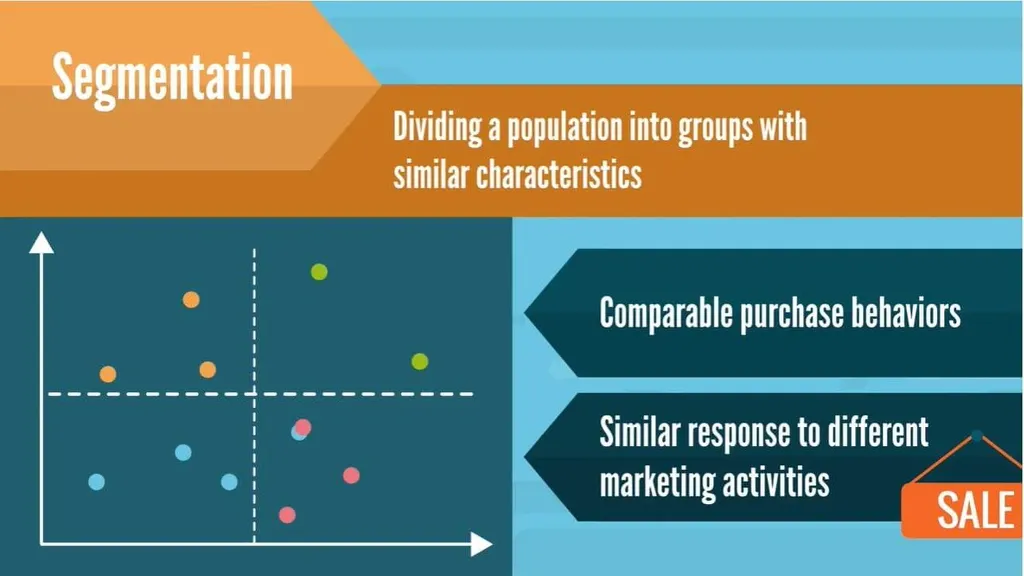
Market segmentation is when we divide potential or existing customers into groups, based on their shared characteristics, through means such as cluster analysis – essentially coupling them into a scatter plot. On the one hand, a scatter plot shows 2 variables, while segmentation can incorporate many more – we just can’t display them in a single plot. The underlying idea, however, is that these customer groups will most likely have comparable purchase behaviors.
For example, not everyone likes – or can afford – the same brand of chocolate bars. However, we could divide our customers into segments based on certain characteristics like:
- Income
- Age
- Gender
Each segment, in this case, would prefer a certain type of chocolate over another.
Marketers make the case that taste or spending habits are not the only behavioral features we can organize into segments. In fact, people within the same segment may also respond in the same way to different marketing activities. Examples are TV advertising, online advertising, promotions, and other mediums covered by the marketing mix. Not only that but also individuals from different segments may respond differently to each of these marketing activities.
What Are the Characteristics for Segmentation?

In general, the types of characteristics used for marketing segmentation may be viewed as two broad groups, based on the types of data marketers are using – demographic and geographic or psychographic and behavioral.
Most often, and especially in the process of new product development, consumer behavior data is not available. Then, marketers rely mainly on demographic and geographic data such as:
- Age
- Income
- Education level
- Location
In other cases, marketers can use psychographic characteristics. For example, some customers have a better-planned buying behavior, while others - more impulsive. This second type of segmentation characteristics is more preferable. It’s used when we have existing historical data for consumer behavior, for instance:
- Purchase frequency
- Time of purchase
- Purchase quantity
- Product ratings
Usually, based on these specific criteria, we can divide the customers into much more representative market segments. If you’d like to learn more about patterns and trends in data, check our tutorial on trend analysis.
What Is Targeting?
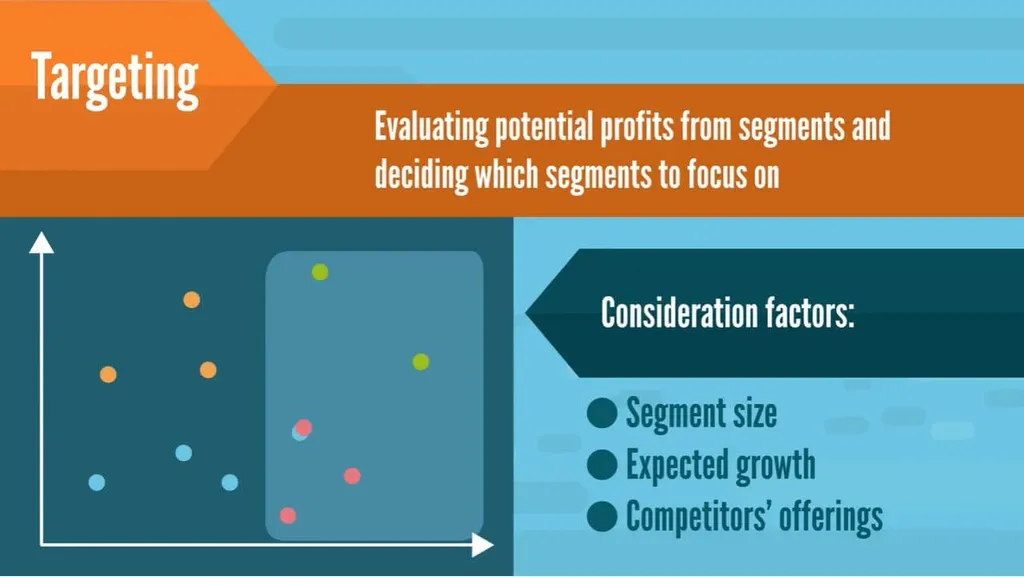
Targeting is the second step in the STP framework. It involves evaluating the potential profits from each segment and deciding which one to focus on. Marketers may decide to offer products to one segment, to all segments, or just a select few. They take into consideration factors such as:
- Segment size
- Expected growth
- Competitors’ offerings
This stage of the framework is also the point at which we decide on the different ways to promote our products. We can target one segment on TV, while another – online.
Unfortunately, market targeting activities are often focused on the qualitative examination of the consumers’ perception (which also falls within the realm of business intelligence). They involve psychology and are usually under budget constraints. Due to these reasons, targeting goes out of the scope of customer analytics and into advertising territory.
What Is Positioning?
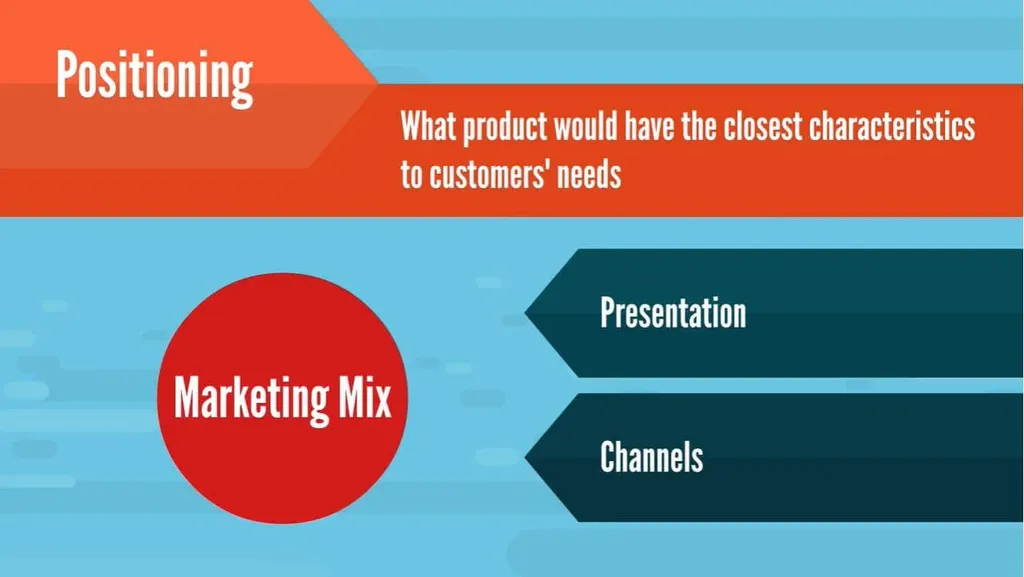
After marketers have decided which segments to target, they come to the final step in the STP framework: positioning.
Here, it is important to understand what kind of product characteristics that the customers from a certain market segment need. Or what products can we offer them that have the characteristics closest to the ones they need. Essentially, we can say that positioning consists of implementing the targeting actions for the product.
But positioning concerns not only what characteristics the product should have, but also how it should be presented to the customers and through what channel. In fact, this process is so important, that it has a framework of its own – the marketing mix.
The STP Framework: Next Steps
As you can see, the three components of marketing – segmentation, targeting, and positioning – are fundamental parts of customer analytics, as well as crucial to successfully marketing a product. Without them, businesses would not be able to understand their consumers’ needs or wants, therefore, cannot offer them the quality goods they’re looking for.
Learning how to perform the STP framework in customer analytics will add a valuable skill to your toolbox that you can then implement to help your company change the lives of their customers. Our course offers a wide range of lessons that will give you the necessary edge to prosper in your future analytics career.
